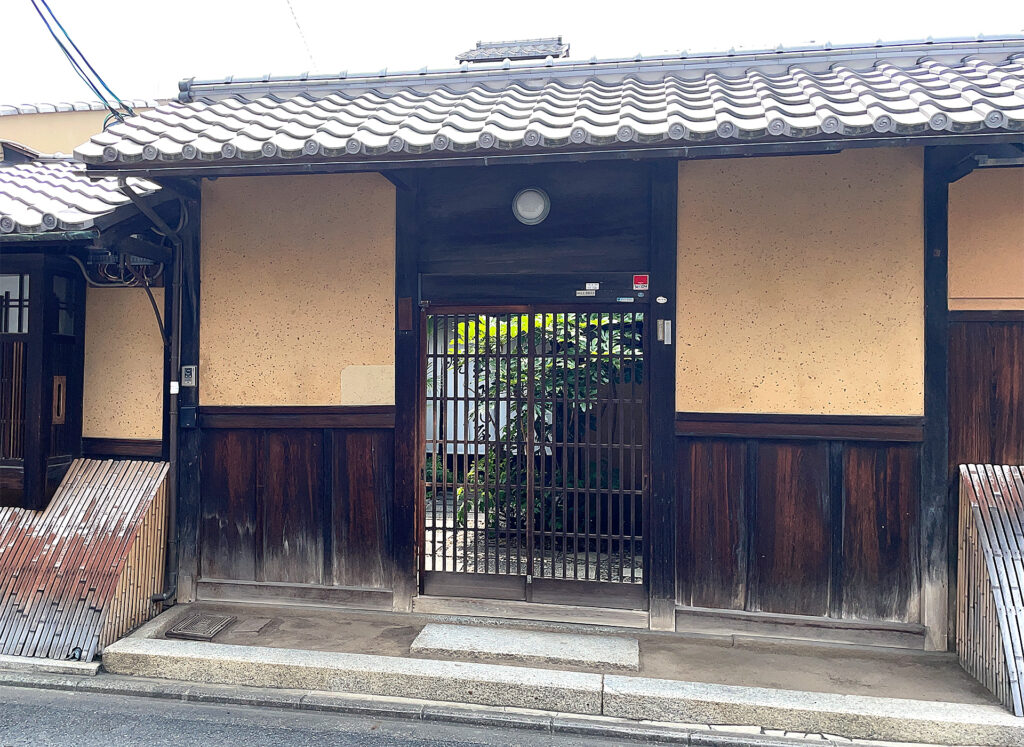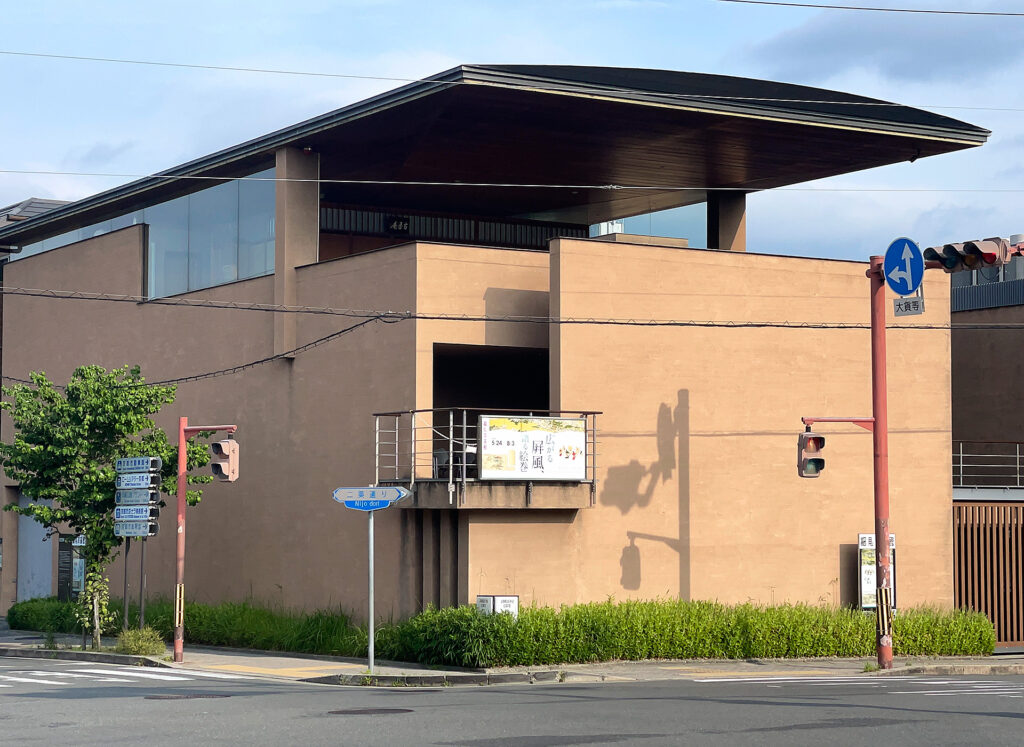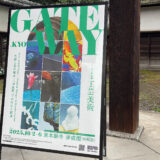Raku Museum (樂美術館)
Discover the Legacy of Raku Ware and the Spirit of Tea
Located near Nijo Castle, the Raku Museum offers a rare opportunity to immerse yourself in the world of Raku ware1, a ceramic tradition deeply connected with the Japanese tea ceremony (chanoyu). The museum is adjacent to the Raku family kiln, which has been in continuous operation for over 450 years, beginning with Chōjirō2, the first generation potter who worked closely with the legendary tea master Sen no Rikyū in the late 16th century.
What Makes It Special
- There is a direct connection to the Raku family, one of Kyoto’s most celebrated ceramic dynasties, still active at the neighboring kiln.
- Exquisite tea bowls (chawan) created by generations of Raku family potters embody wabi-sabi aesthetics: simplicity, asymmetry, and natural beauty.
- Rotating exhibitions that highlight both historical and contemporary Raku ware.
- A living tradition: Visitors can feel the continuity of Raku ware as both an art form and a family legacy handed down through 15 generations.
Final Thoughts on the Raku Museum
Visiting the Raku Museum is not just about seeing ceramics in glass cases. It is about stepping into a living tradition where art, history, and philosophy merge. The proximity of the Raku family’s working kiln makes the experience even more powerful, as the spirit of Chōjirō and Sen no Rikyū seems to linger in the air.


Museum Information
| Address: | Aburanokôji-dôri Ichijô sagaru Kamigyo-ku Kyoto 602-0923 |
| Opening hours: | 10:00 ~ 16:30 (last admission 16:00) *advance reservations NOT required |
| Closed on: | Mondays (except National Holidays) and during the re-installation |
| Admission: | vary depending on the exhibition |
| English Information: | https://www.raku-yaki.or.jp/e/index.html |
Hosomi Museum (細見美術館)
A Private Treasure House of Japanese Art Built on Three Generations of Passion
Located in Kyoto’s cultural Okazaki district, the Hosomi Museum opened its doors in 1998 as a private museum dedicated to preserving and showcasing the rich heritage of Japanese art. The museum’s foundation lies in the remarkable collection assembled by Koko-an Hosomi (1901–1979), an industrialist and passionate collector. The collection was expanded and refined over three generations of the Hosomi family.
The museum’s holdings span nearly every period and genre of Japanese art, from Shinto and Buddhist art to tea ceremony objects, and masterpieces of Edo-period painting, including works by the Rimpa school and Ito Jakuchu.
Highlights
- Comprehensive collection: From ancient Shinto and Buddhist sculptures to tea utensils, lacquerware, swords, and Edo-period paintings.
- Special exhibitions: The museum regularly hosts themed exhibitions to breathe new life into classical art and share the soul of beauty with future generations.
- Commitment to tradition: Beyond exhibitions, the museum is devoted to preserving, promoting, and passing on Japanese traditional culture.
- Modern, elegant architecture: The serene and light-filled space enhances the experience of viewing these timeless works.
- On-site café: The museum features a stylish café where visitors can enjoy tea and sweets while gazing out at a peaceful garden.
A Museum Experience That Connects the Past and the Future
The Hosomi Museum is far more than a display of fine art. It is a space where the spirit of Japanese beauty—carefully curated by three generations of the Hosomi family—continues to inspire new generations. Visitors can savor both the depth of Japanese artistic tradition and the tranquil ambiance of Kyoto, topped off with refreshments at the museum café.


Museum Information
| Address: | 6-3 Okazaki Saishojicho, Sakyo Ward, Kyoto, 606-8342 |
| Opening hours: | Museum : 10:00am to 5:00pm Cafe : 10:30am to 5:00pm (last order at 4:30pm) |
| Closed on: | Mondays (or Tuesdays when Monday falls on a national holiday) exhibition changing periods |
| Admission: | Admission fee differs according to exhibition. (Click here for exhibition info.) |
| English Information: | https://www.emuseum.or.jp/eng/index.html |
Final Thoughts
Both the Raku Museum and the Hosomi Museum offer visitors a chance to step beyond Kyoto’s well-trodden tourist paths and encounter art in a way that feels personal, meditative, and authentic. These private museums tell the story of Kyoto’s enduring relationship with art, craftsmanship, and refined living.




